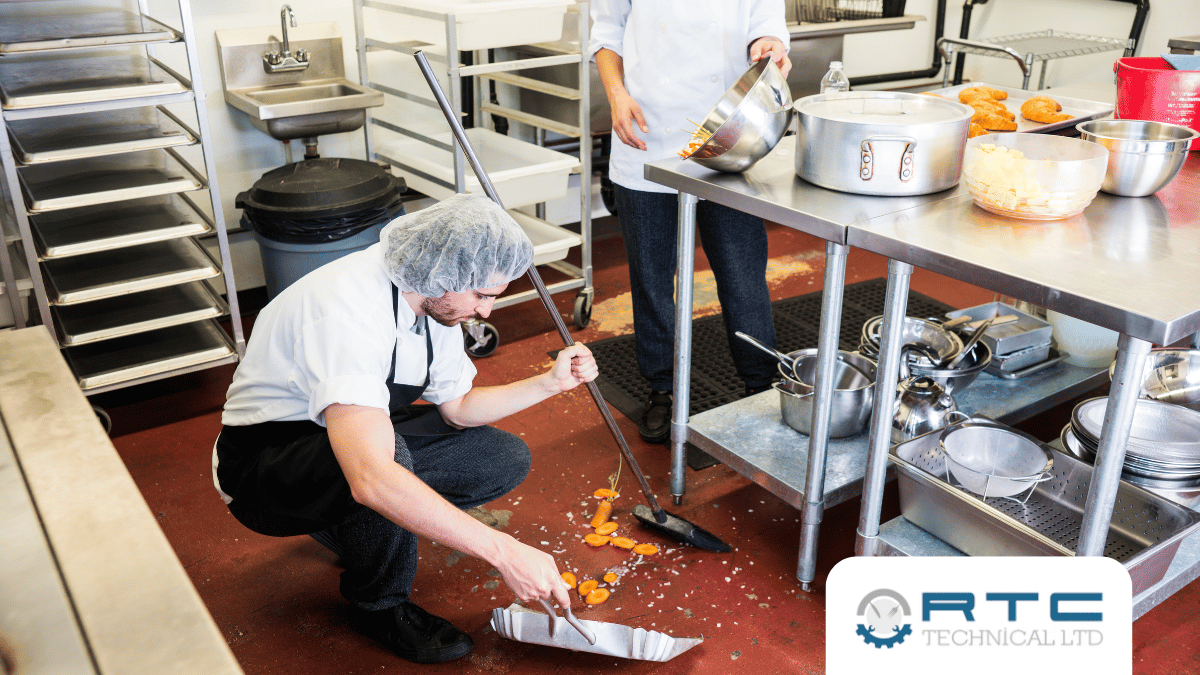Introduction: Health and safety are paramount in the high-risk environment of commercial kitchens. This blog post delves into the essential practices that every commercial kitchen should implement to ensure a safe working environment for its staff and safe food for its customers.
Proper Equipment Handling and Maintenance: Educate readers on the importance of proper handling and regular maintenance of kitchen equipment to prevent accidents and breakdowns. Highlight the need for training staff on the correct operation of potentially dangerous machinery, such as deep fryers and industrial mixers.
Enhancing Food Safety: Discuss the critical food safety practices, from proper food storage and handling to maintaining clean and sanitized surfaces. Explain the significance of temperature controls, cross-contamination prevention, and regular health inspections.
Emergency Preparedness: Outline the necessary steps to prepare for emergencies, such as fire outbreaks or gas leaks. Include guidance on fire safety equipment, clear evacuation routes, and emergency contact protocols to ensure quick and effective responses.
Ergonomics and Workplace Layout: Examine how the physical layout of a kitchen affects worker safety and efficiency. Offer tips on optimizing the workspace to reduce the risk of injuries related to slips, trips, and falls, and how ergonomic design can prevent strain and overexertion injuries.
Personal Protective Equipment (PPE): Detail the types of personal protective equipment required in a commercial kitchen, such as heat-resistant gloves, slip-resistant shoes, and protective aprons. Discuss the importance of proper PPE usage and regular replacements.
Creating a Culture of Safety: Advocate for creating a safety-first culture within the kitchen. Encourage regular safety meetings, the establishment of a safety committee, and ongoing training to ensure all staff are informed and vigilant about safety practices.
Conclusion: Maintaining a safe commercial kitchen goes beyond compliance—it’s about creating a secure and efficient environment that protects both staff and customers. Implementing robust health and safety practices is not only a regulatory requirement but a cornerstone of successful kitchen management.







